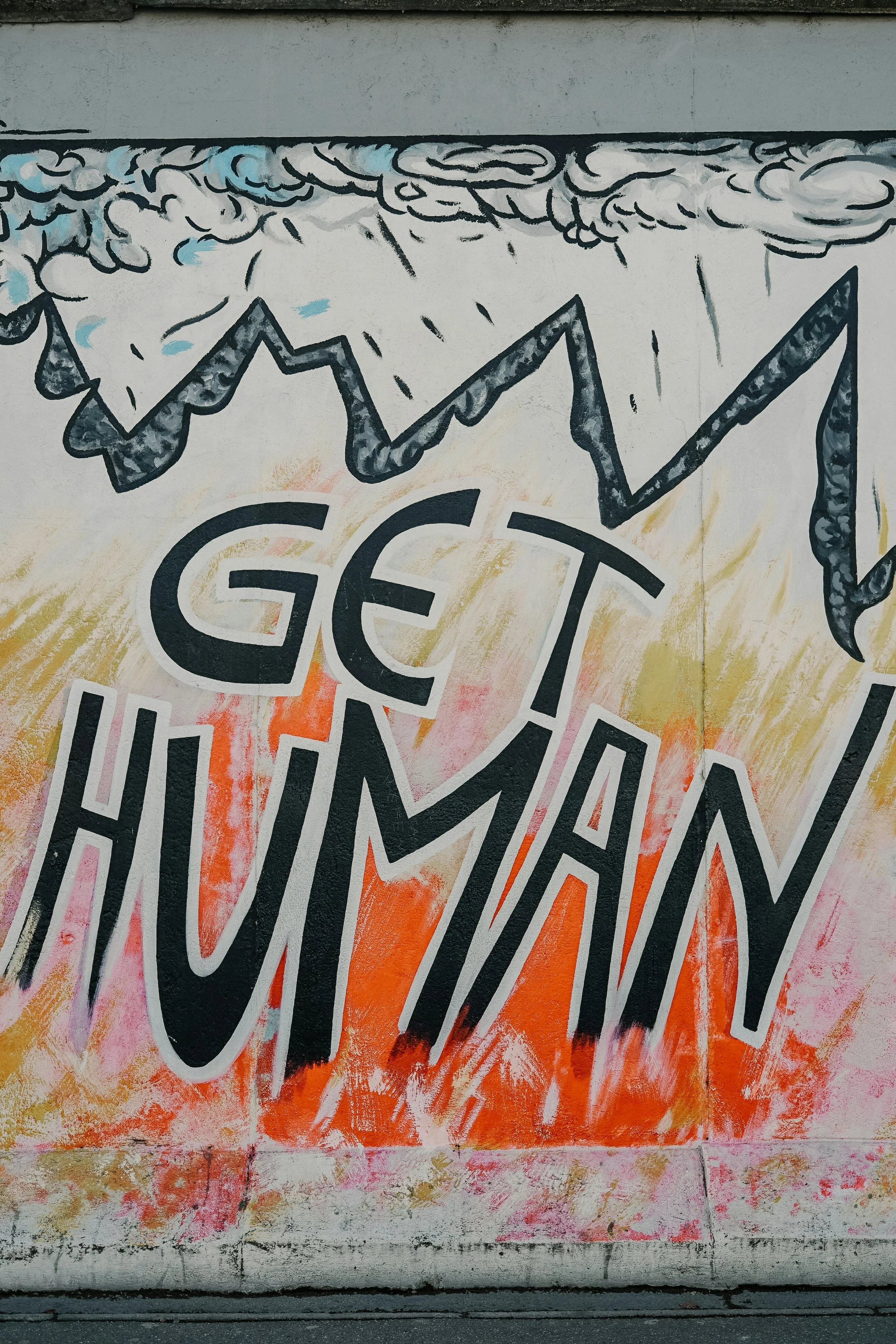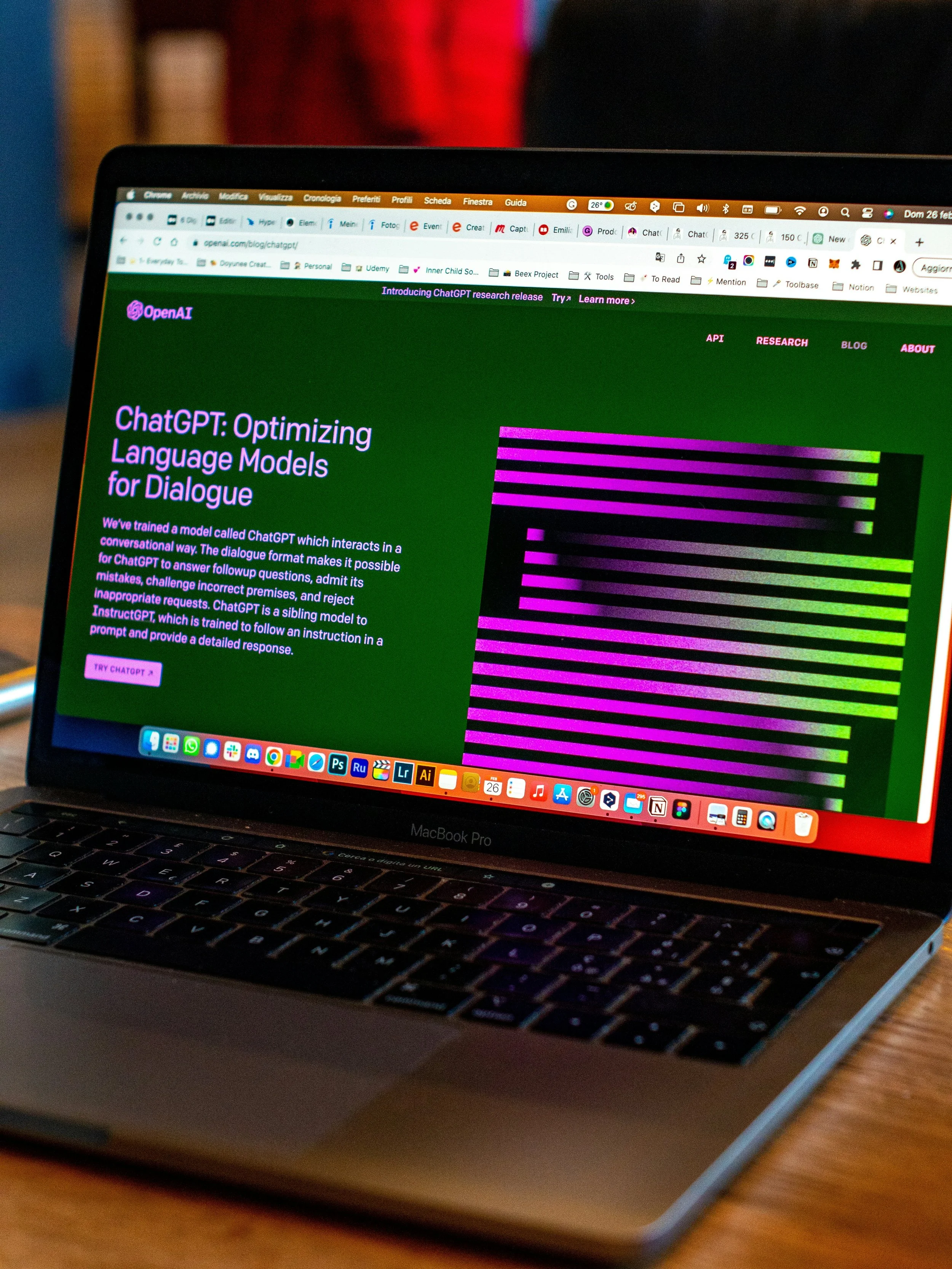Pitfalls of AI-Generated Teaching Materials
In educational settings worldwide, the allure of AI-generated teaching materials promises to alleviate teacher workload and streamline content creation. While helpful, AI technology comes with significant drawbacks, particularly for rigorous academic programs like the International Baccalaureate (IB).
When teachers turn to AI to generate worksheets, assessments, and reading materials while simultaneously prohibiting students from using the same tools, they create a problematic double standard. Recent research by Rethinking Educational Assessment in the Age of Artificial Intelligence (Khlaif, Z.,2024) examined the transformative impact of generative AI on educational assessment practices and found significant ethical concerns when educators employ technologies they forbid students from using.
This contradiction undermines teacher credibility and sends mixed messages about academic integrity. If AI-generated content is insufficient for demonstrating student understanding, how can it be adequate for teaching that same content?
“While AI can produce passable content quickly, research shows it cannot yet match the quality of carefully crafted, personalized materials designed by teachers who understand their students' needs.”
The Personalization Problem
AI-generated materials typically lack the nuanced understanding of specific classroom contexts that skilled teachers bring to their jobs. According to a study on Evaluating the Quality of AI-Generated Digital Educational Resources (Huang, Lv, Lu, & Tu, 2025), generic AI-created content often fails on several important components of material creation. It doesn’t address specific misconceptions common in particular student populations. AI is unlikely to incorporate culturally relevant examples that resonate with diverse classrooms. General AI like ChatGPT doesn’t have the expertise to adapt to the specific curriculum requirements of programs like IB.
Let’s look at how this play out in the real classroom. An IB Biology teacher asks an AI tool to create a lab worksheet on enzyme activity. The resulting material includes technically accurate information but fails to connect with the specific equipment available in the school's lab, doesn't address misconceptions the teacher observed in previous classes, and neglects to incorporate the specific environmental examples culturally relevant to the school's location in Bangkok, Thailand. The teacher ends up spending more time heavily modifying the AI-generated worksheet than they would have spent creating a tailored resource from scratch.
While AI can produce passable content quickly, research shows it cannot yet match the quality of carefully crafted, personalized materials designed by teachers who understand their students' needs.
The Authenticity Gap
IB programs emphasize inquiry-based learning, critical thinking, and international-mindedness. AI systems struggle to authentically incorporate these higher order thinking skills. Research on Enhancing Personalised Learning and Student Engagement Using Generative AI (Owoseni, Kolade, & Egbetokun, 2024) found that while generative AI "can significantly increase student engagement in specific contexts," it falls short when deep conceptual understanding and authentic application are required.
For example, an IB Global Politics teacher uses AI to create a case study on colonialism for their class. While factually sound, the AI-generated material presents a sanitized, western-centric viewpoint and fails to incorporate the multiple perspectives approach central to IB philosophy. The case study lacks authentic primary sources, provides overly simplified cause-and-effect relationships, and misses opportunities to connect historical patterns to contemporary global challenges. Students engage with the material superficially, but it fails to spark the deep critical thinking and international-mindedness that handcrafted materials from experienced IB educators would have fostered.
Strategic Integration vs. Wholesale Adoption
Rather than wholesale adoption or complete rejection of AI tools, educators should consider strategic integration. The comparative analysis of Human and AI-Generated Learning Resources (Denny, Khosravi, Hellas, & Leinonen, 2023) suggests that "the quality of AI-generated resources, as perceived by students, is equivalent to the quality of resources generated by their peers”. Peers...not teachers. Here’s a few examples of how teachers can effectively save time and still reap the benefits of targeted teacher made resources:
Employing AI for routine materials: An IB English Language & Literature teacher uses AI to create basic vocabulary lists and grammar exercises, freeing up time to personally craft complex analytical activities that guide students through critical examination of power dynamics in media texts. This is an area where the teacher's expertise and understanding of student interests creates engagement that AI-generated materials couldn't achieve.
Using teacher-created resources from specialized platforms: An IB Math Applications teacher turns to Diploma Collective's ready-made resources for teaching sequences and series rather than generating materials with AI. The teacher immediately notices the difference in quality because the materials are already perfectly aligned with IB examination criteria, include appropriate difficulty progressions based on typical student learning patterns, and feature real-world contexts that meaningfully connect to other IB subjects. The teacher saves significant preparation time while providing students with resources created by experienced IB educators who understand the nuances of the curriculum. Student engagement increases, and the teacher reports that subsequent assessment scores improved by 15% compared to the previous year when using generic materials.
Involving students in critical evaluation: An IB Economics teacher assigns groups to analyze both AI-generated and expert-written explanations of market failures, asking them to identify strengths, weaknesses, and potential biases in each approach. Students develop critical literacy skills while learning economics content, and the teacher gains insight into how to better integrate AI tools as supplementary resources.
The Value of Human Work
While AI offers tempting shortcuts for busy educators, the unique demands of rigorous academic programs like the IB require thoughtful, personalized, and authentic teaching materials that AI alone cannot currently provide. The thoughtful integration of technology with teacher expertise, rather than a replacement of it, offers the most promising path forward.
We must remember that teaching is fundamentally human work. Our students deserve materials created with genuine understanding of their needs, not just algorithmic efficiency. The most valuable educational resources will continue to come from educators who know their students, understand their subject deeply, and can create learning experiences that no algorithm can yet match.
Copyright © 2025, Diploma Collective Inc. All rights reserved.









